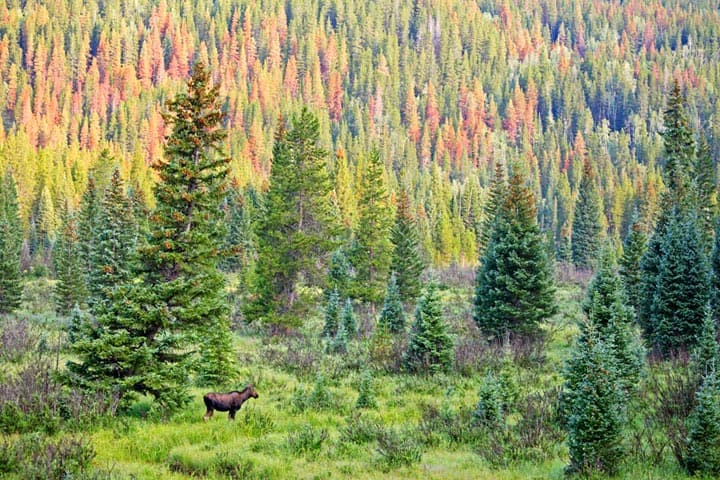In 2009, I had the opportunity to be involved in an effort known as the Quadrennial Fire Review. Here is an excerpt from the final report explaining what the effort is about.
The Quadrennial Fire Review (QFR) is a strategic assessment process that is conducted every four years to evaluate current mission strategies and capabilities against best estimates of the future environment for fire management. This integrated review is a joint effort of the five federal natural resource management agencies and their state, local, and tribal partners that constitute the wildland fire community. The objective is to create an integrated strategic vision document for fire management.
The document provides a solid foundation for policy discussions within the federal agencies and, importantly, among the federal agencies and state, local, tribal, and other partners. While the QFR is not a formal policy or decision document, it sets the stage for a “strategic conversation” about future direction and change in fire management.
Several assumptions underlie the document’s analysis and conclusions:
The effects of climate change will continue to result in greater probability of longer and bigger fire seasons, in more regions in the nation.
Cumulative drought effects will further stress fuels accumulations.
There will be continued wildfire risk in the Wildland Urban Interface despite greater public awareness and broader involvement of communities.
Emergency response demands will escalate.
A lot of discussion in the document is devoted to “appropriate management response” sometimes miscategorized by the public as “let burn.”
The first QFR core strategy outlines a course forward that moves beyond appropriate management response to strategic management response that creates a framework for a multi-phased approach for incident management. Elements within strategic management response will include ensuring proactive wildland fire decisions with greater transparency and accountability, recalibrating fire planning, and establishing more robust fire outcome metrics.
Appropriate management response is often referred to as common sense fire management, but what may seem like common sense to one set of decision makers can easily run afoul of other stakeholders and decision makers with different missions, competing objectives, and conflicting perspectives on situation information. Moving to strategic management response is designed to ensure a higher level of transparency, accountability, and support for specific fire decisions and to better display the costs and benefits of suppression strategies. This approach would weigh factors such as suppression costs and value of resources lost against the value of ecosystems restored and improved and infrastructure protected.
Some questions:
Is there evidence that the Forest Service has embraced the concept of strategic management response?
What kind of public involvement/collaboration will be needed to implement such an approach?
Can those who have opposed appropriate management response find something to like in strategic management response?
Does the the new planning rule provide appropriate guidance regarding the relationship of forest plans to fire suppression strategies?

